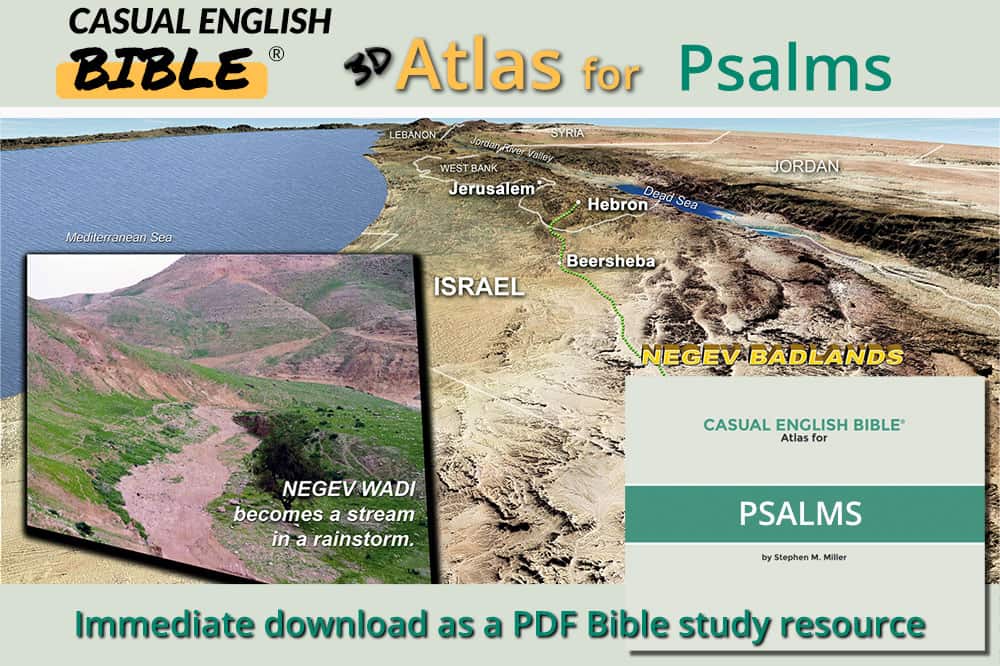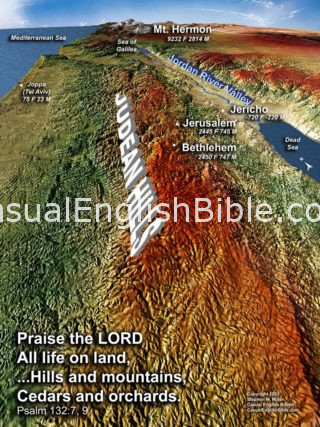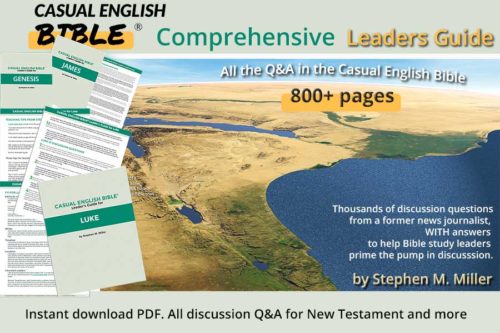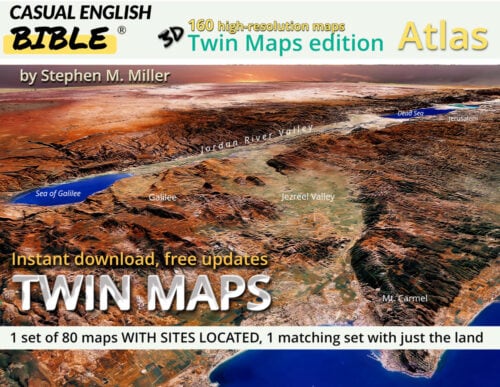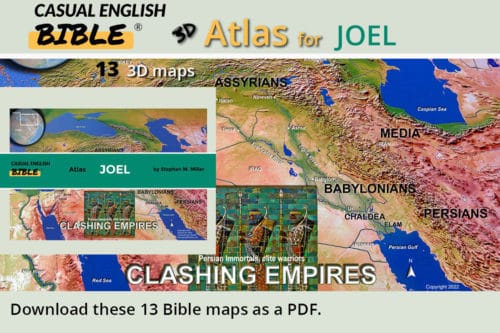Description
Preview
What you get in the Psalms Bible Atlas:
- 30 high definition maps in 3D
- All created just to illustrate the stories behind the songs of Psalms
Sample map in the Psalms Bible Atlas
Psalms was the Jewish playlist in Bible times
When Jews wanted a worship song to sing at the Jerusalem Temple, or alone at home, or on the road to Jerusalem, or at a celebration honoring the king, they could find one in this collection of 150 Hebrew poems.
These were poems written in lyrical style—fit to sing, chant, or think about while humming for those who couldn’t carry a tune.
There are songs:
—of joy and thankfulness to God.
—of complaint, about people, God, and life in general. The blues.
—of dismay, confusion, and disappointment. Fear, too.
—that tell about Jewish history
—celebrating the Jewish Law.
—of Wisdom, in the ancient style of Wisdom literature
Repetition, the Hebrew style of poetry
Whatever the songs say, they say it as Hebrew poetry. It’s easy to recognize Hebrew poetry when we read it. Here’s the clue. One line says whatever it says, and the next either repeats that idea, contrasts it with an opposite idea, adds more to the idea, or in some other way builds on the bedrock of that first line.
For example:
“Be kind, LORD, because I’m sick.
Heal me, LORD, for I hurt all over” (6:2).
The second line says pretty much what the first line said.
Some English poetry is easy to spot because it rhymes. But as far as anyone has been able to tell, ancient Hebrew poetry didn’t rhyme at all. It did the rerun thing instead, working with parallel ideas compared, contrasted, or extended. Sometimes, to make the parallelism work, the writer uses different names for a place to avoid repeating the name. So, Jerusalem became Zion and Jacob (whose 12 sons produced extended families that became the 12 tribes of Israel) became Israel.
Knowing this can come in handy when we’re trying to figure out what to do with the lyrics the songwriter wrote. If it’s poetry, we might be less inclined to take the writer literally and more inclined to recognize the writer was driving with a poetic license.
Perhaps the most famous song of all is one we recite as someone approaches “the valley of the shadow of death,” Psalm 23. We remind ourselves that “the LORD is my shepherd.”
Jews call this songbook Tehilim, Hebrew for “songs of praise.” That’s half right.
Certainly there are a lot of praise songs in this 150-song playlist. But nearly half of the songs are complaints. People are calling on God for help because they’re sick, under attack, disappointed, or lonely.
Feelings
You name the feeling, they sang it.
Some songs rip God a new face, expressing angry dissatisfaction with him:
“Why did you leave me… For all of my life, you have been my God” (22:1, 10).
Yet by song’s end, in most cases, the writer is back on good terms with God.
The lyrics often reflect life, telling the story of a faith journey with highs and lows, and of a God who is always there and always on the side of goodness.
In addition to the Psalms Bible Atlas
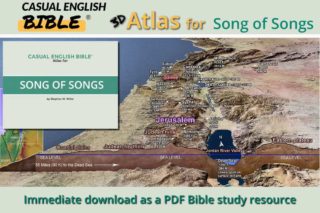
Best resource for comparing other Bible translations: Bible Gateway. This isn’t an ad. It’s a recommendation from the Casual English Bible.
To support the work of paraphrasing the Casual English Bible and keeping it free online:

